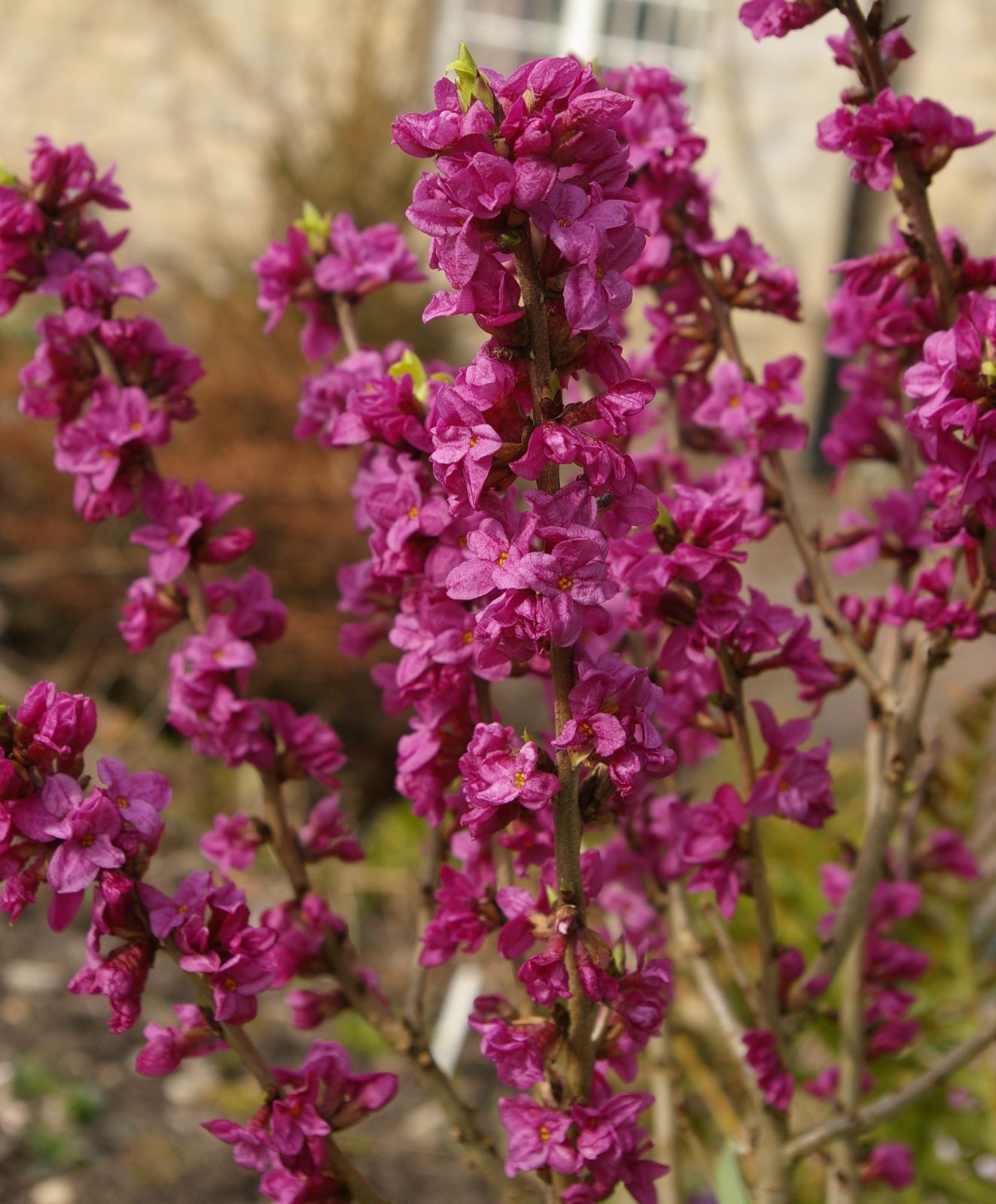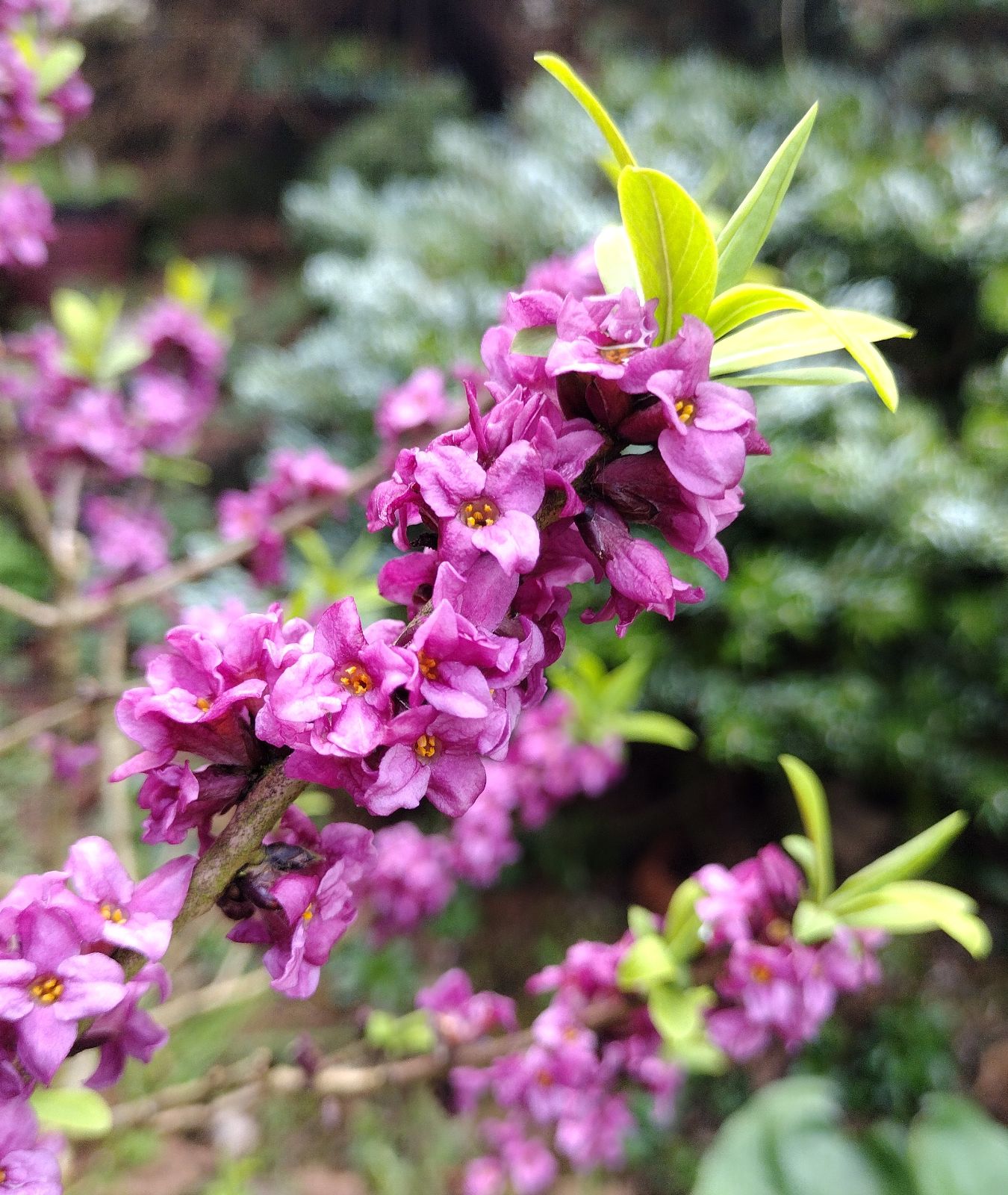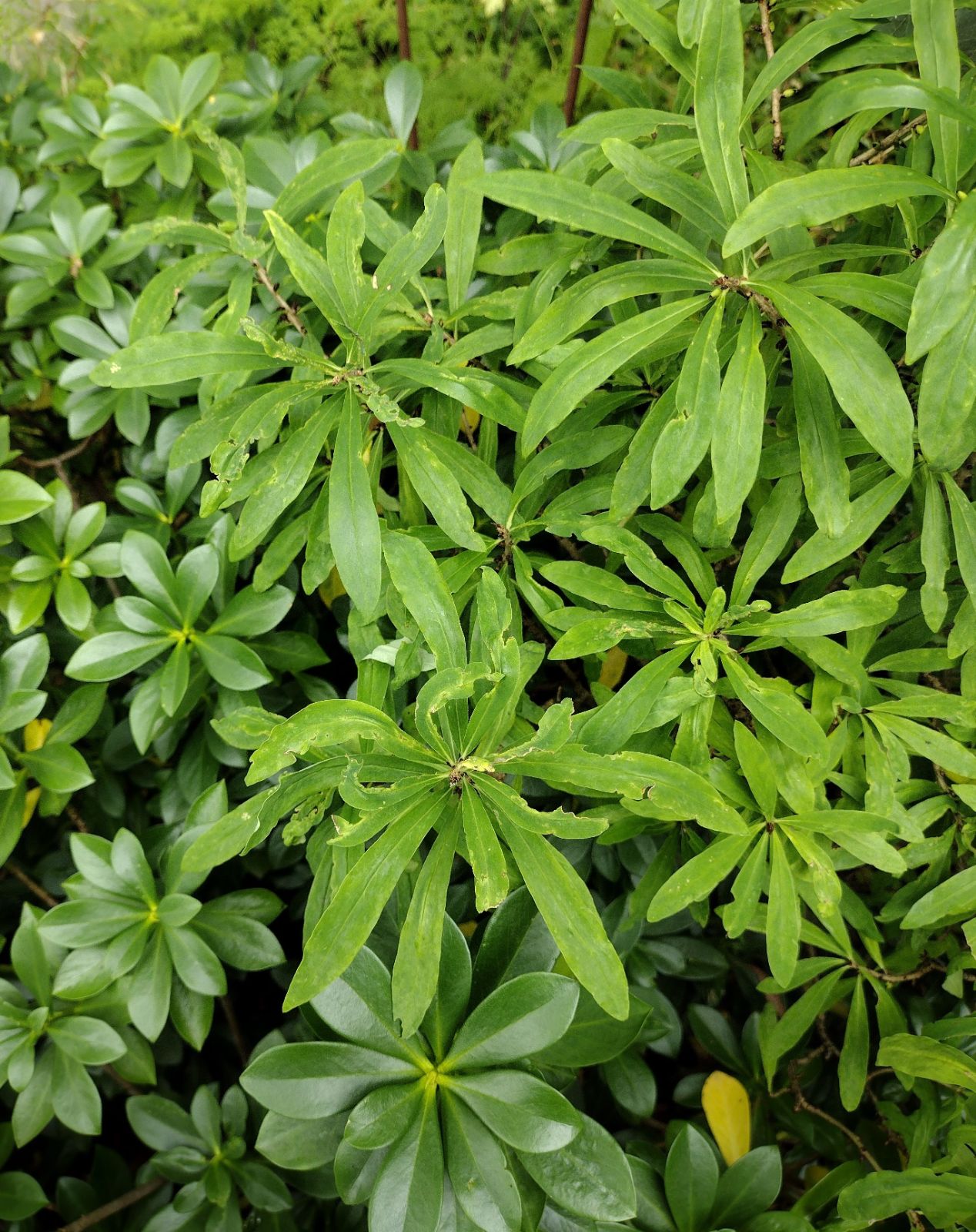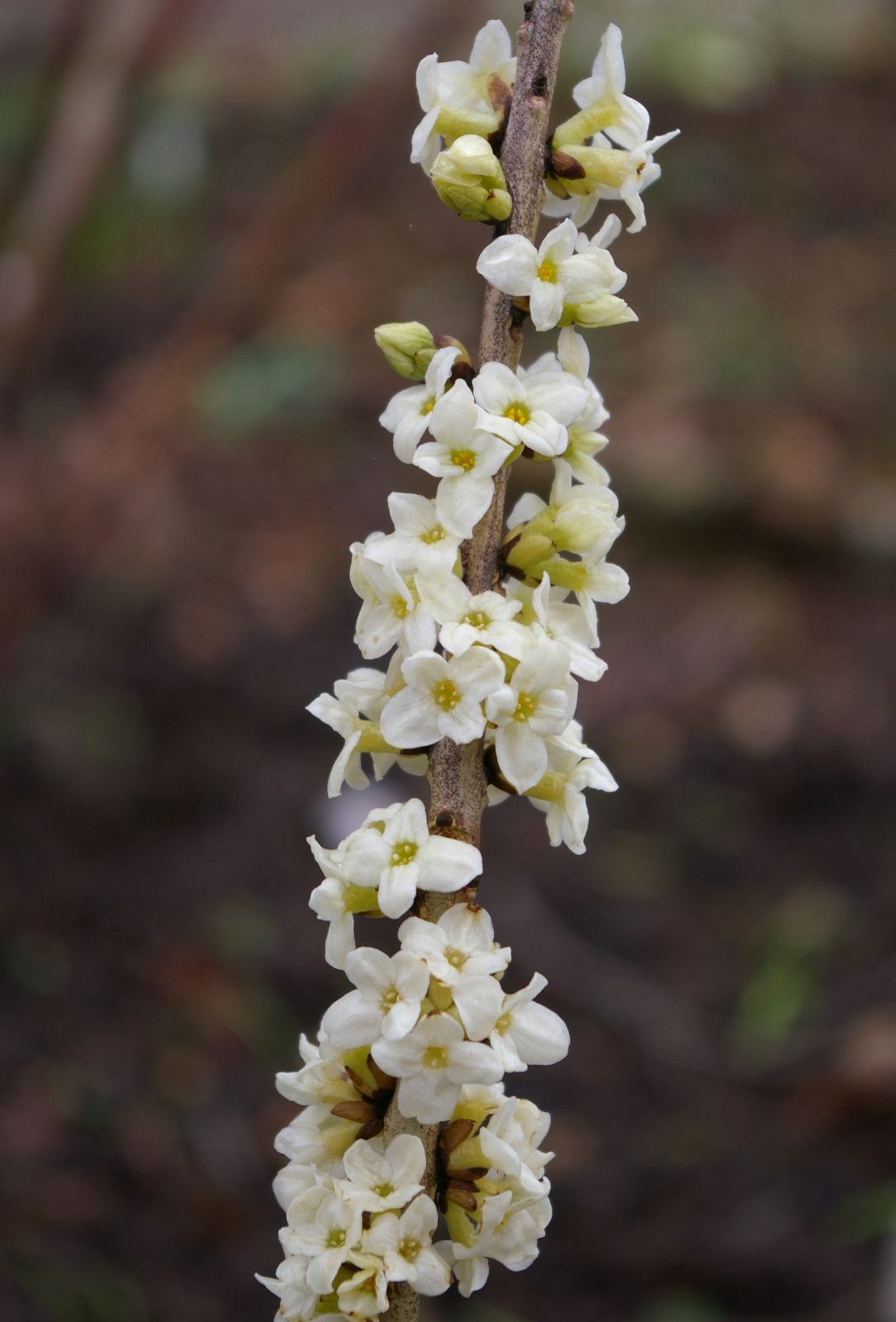Daphne mezereum
Credits
Article from Bean's Trees and Shrubs Hardy in the British Isles
Recommended citation
'Daphne mezereum' from the website Trees and Shrubs Online (treesandshrubsonline.
Genus
Common Names
- Mezereon
Infraspecifics
Other taxa in genus
- Daphne acutiloba
- Daphne alpina
- Daphne altaica
- Daphne aurantiaca
- Daphne bholua
- Daphne blagayana
- Daphne × burkwoodii
- Daphne caucasica
- Daphne cneorum
- Daphne collina
- Daphne genkwa
- Daphne giraldii
- Daphne × houtteana
- Daphne × hybrida
- Daphne jezoensis
- Daphne laureola
- Daphne × napolitana
- Daphne × neapolitana
- Daphne odora
- Daphne oleoides
- Daphne petraea
- Daphne pontica
- Daphne pseudomezereum
- Daphne retusa
- Daphne rodriguezii
- Daphne × rossetii
- Daphne sophia
- Daphne striata
- Daphne tangutica
A deciduous, erect-branched shrub, ultimately 3 to 5 ft high and as much through, usually tapering to a naked base; young shoots covered with small flattened hairs. Leaves oblanceolate, tapering at the base to a short stalk, rounded or pointed at the apex, 11⁄2 to 31⁄2 in. long, 1⁄4 to 3⁄4 in. wide, dull rather grey-green, especially beneath, glabrous. Flowers purplish red, very fragrant, produced from the buds of the leafless twigs in February and March; clustered closely on the branches in twos and threes. Each flower is 1⁄2 in. across, the four segments of the perianth ovate; the tube 1⁄4 in. long, slender, downy. Berries globose, 1⁄3 in. in diameter, red.
Native of Europe and Siberia; found apparently wild, though sparsely so in Britain. This is one of the earliest and most attractive of our spring-flowering shrubs, and a healthy specimen with its erect, cylindrical masses of blossom is precious for both its rich colour and its exquisite fragrance. It is also beautiful with fruit in autumn. In many places it is not easy to grow, and is apt to die off suddenly without any apparent cause. I think it loves cool, moist conditions, and is liable to exhaustion through excessive seed-bearing. In the summer of 1910 I saw it naturalised in a wood just above the Falls of Niagara, on the Canadian side, very damp, and traversed by a multitude of streams making their way to the river.
'Autumnalis'
It begins to flower in October and lasts until February. The flowers are rather larger than in the type and equally richly coloured and fragrant. As it does not bear fruit usually, it is grafted on the type. The epithet grandiflora is sometimes applied to this form and is also used, in a general sense, for plants with larger flowers than in the type.Unfortunately, D. mezereum is subject to attack by a lethal virus. Imported plants with larger and deeper coloured flowers than usual seem to be particularly vulnerable.f. alba (West.) Schelle
Flowers dullish white; fruits yellow. This form comes true from seed and is found in the wild. There are, however, cultivated plants in which the flowers are pure white. Such is ‘Paul’s White’, which, according to E. A. Bowles, made the older form appear cream-coloured. This improved form is said to come true from seed, and no doubt the plant which received an Award of Merit when shown by Mr Bowles under the name ‘Bowles’ White’ was a seedling of the Paul plant, for it is difficult to believe that he would have claimed credit for a plant he had not raised, especially as it was he who described ‘Paul’s White’ in the first place (in Garden (1910), p. 255).





